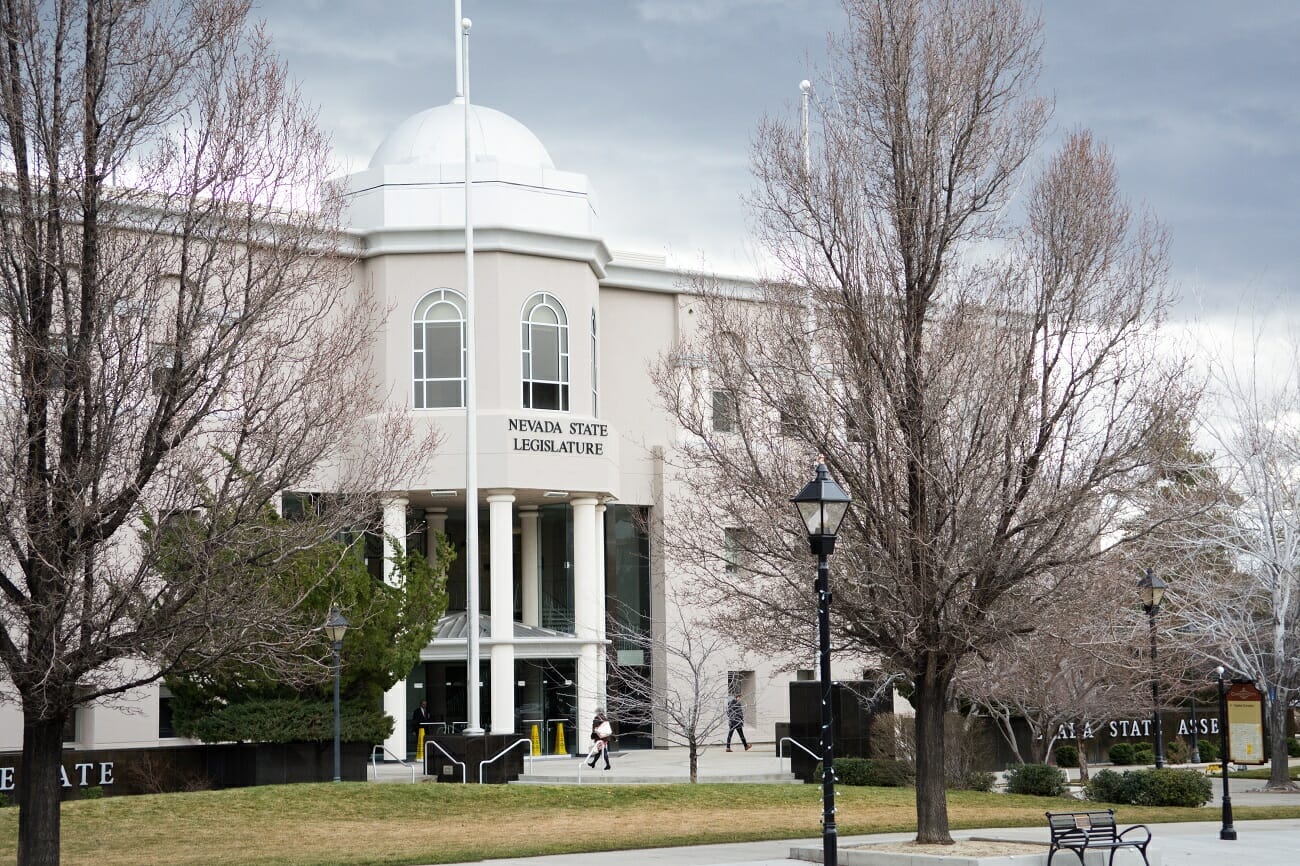ESAs are raid on public funds in disguise

By Bradley Schrager
The funding mechanism for Nevada's Educational Savings Accounts, enacted by legislative Republicans in 2015, was always a tawdry little parlor trick. Here's how the game went, see if you can follow the queen:
Thanks to Gov. Jim Gibbons' Education First initiative, the Legislature must set aside money for public schools first, each biennium. Most of that goes into the Distributive Schools Account. This amount can be, for statistical purposes, described on a per-pupil basis. You simply take the total amount budgeted for public schools and divide it by the number of schoolchildren at a given time. In Nevada, that comes out to roughly $6,000 per student.
Using that number, the cleverness of ESAs was to take $5,100 or so of that figure and send it to parents so they could use it for private school tuition or home school expenses. That allowed ESA proponents to claim that the program actually increased public school funding, because a child for whom $6,000 was budgeted was leaving $900 in the kitty after pulling out of public schools. More money for those left behind, the argument went.
(Leave aside, for now, the basic dishonesty of this equation, which ignores the fixed costs of school systems. The schools these children would leave behind would still need, say, electricity, teachers, and custodians, for example.)
This was the basis for the infamous 100-day requirement. Parents who wanted their ESA funding would need to enroll their child in a Nevada public school for 100 days, because that was the trigger for counting that student for purposes of the Distributive School Account budget line. Those 100 days, in other words, were what created the $6,000 of state funding from which the parent would draw the $5,100 upon withdrawal from public school. It was the engine of the entire scheme: get the money budgeted so that it could be shipped back out in the form of ESAs.
(This, too, was fundamentally dishonest. A second-grader leaving for private school would have had their money budgeted for them in that year's Distributive School Account. But what happens in eleventh grade, when that child hadn't set foot in a Nevada public school in a decade? Where would the continuing funding come from, once the child was no longer budgeted for? To this Republicans had no answer.)
The program thus had its grail, parental choice, and its funding engine, the Distributive School Account. The money would flow, automatically, with no obvious impact on overall budgeting. The illusion was complete.
Enter the Nevada Supreme Court, however, which last summer ruled that the plan to fund ESAs out of public school funds was unlawful. Monies set aside for public schooling must be spent on public schools, not paid out to private citizens for use elsewhere.
ESA proponents played the ruling as a victory, but in fact the Supreme Court's decision pulled the curtain from the entire plot. You can run an ESA program, it ruled, but you have to find the money somewhere else. It must come from other sources, presumably general fund taxes. This directive destroyed the program. Gone was the automatic funding engine. Gone was the 100-day rule, now unnecessary and fiscally damaging because it would double the cost of ESAs to the state.
GOP legislators haven't said what new eligibility rules they envision or would accept. They've balked at means-testing to limit the program to low-income families, and have not dealt at all with the yawning gap between the value of ESAs and the price of private school tuition, which in most instances runs far more than $5,000. This gives the lie to proponents' false concern for poor families they believe are trapped in underperforming schools. The data so far shows that most current ESA applicants come from well-to-do neighborhoods.
What is left, if you're a Republican legislator, is defending a straight-cash giveaway of general taxpayer funds to parents whom either already have children in private school or likely have the means to put them there. This cannot be stated clearly enough: ESAs in their current form would take Nevada taxpayers' money and simply hand it to upper middle-class parents to put towards private school tuition.
This is not principled school choice; it's a daylight raid on public funds by the most fortunate among us.
Whatever you think of the ESA program, vouchers, or school choice initiatives generally, this is the scheme—this midway sucker's game—to which Republicans have staked the entirety of their 2017 session, threatening to block all budgeting until they are paid off. If we are going to have a legislative standoff over this program, we can at least be honest about the specific hill the GOP says it will die on.
Bradley Schrager is an attorney in the Las Vegas office of Wolf, Rifkin, Shapiro, Schulman & Rabkin, and was on the legal team that successfully challenged ESAs in Nevada courts.
